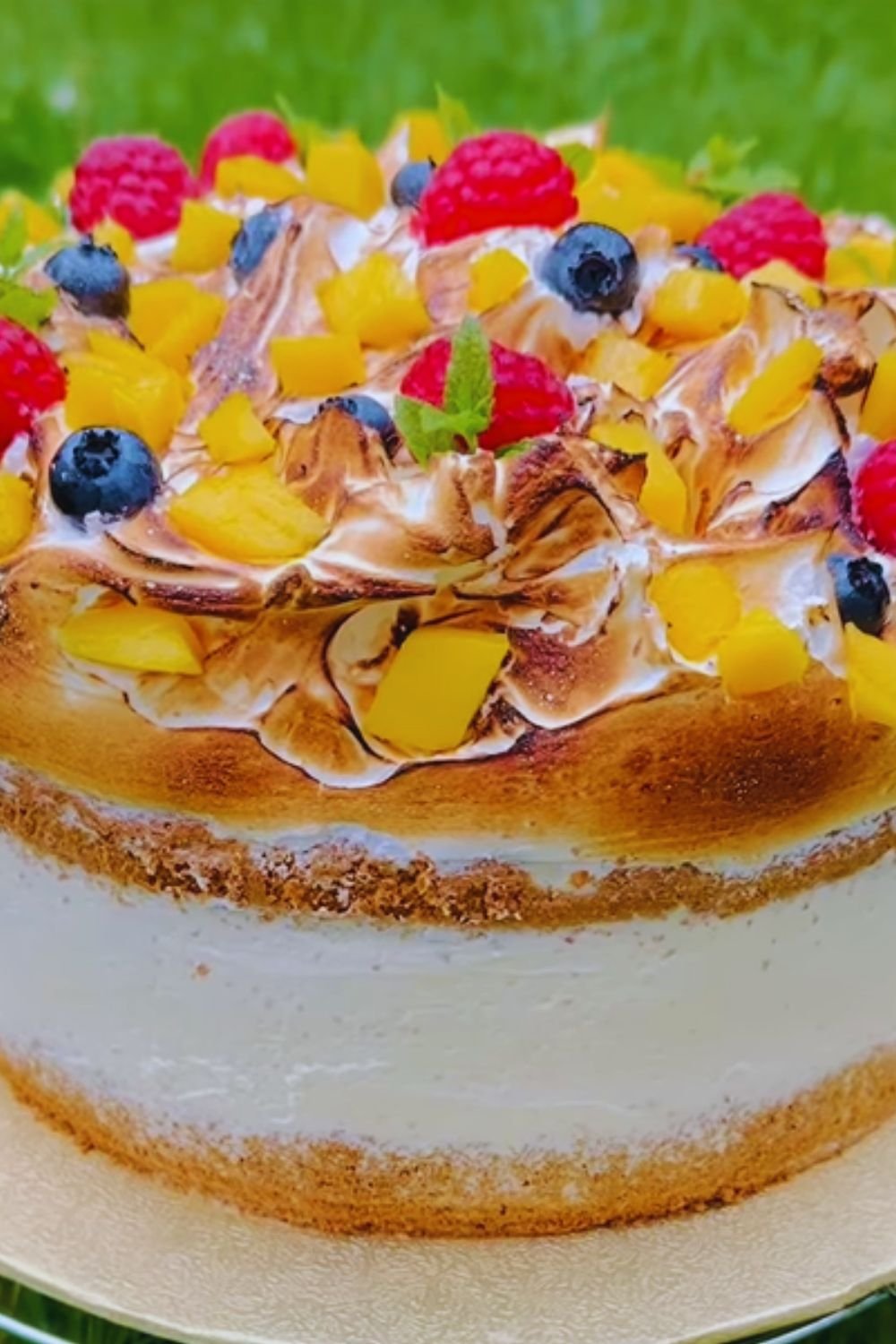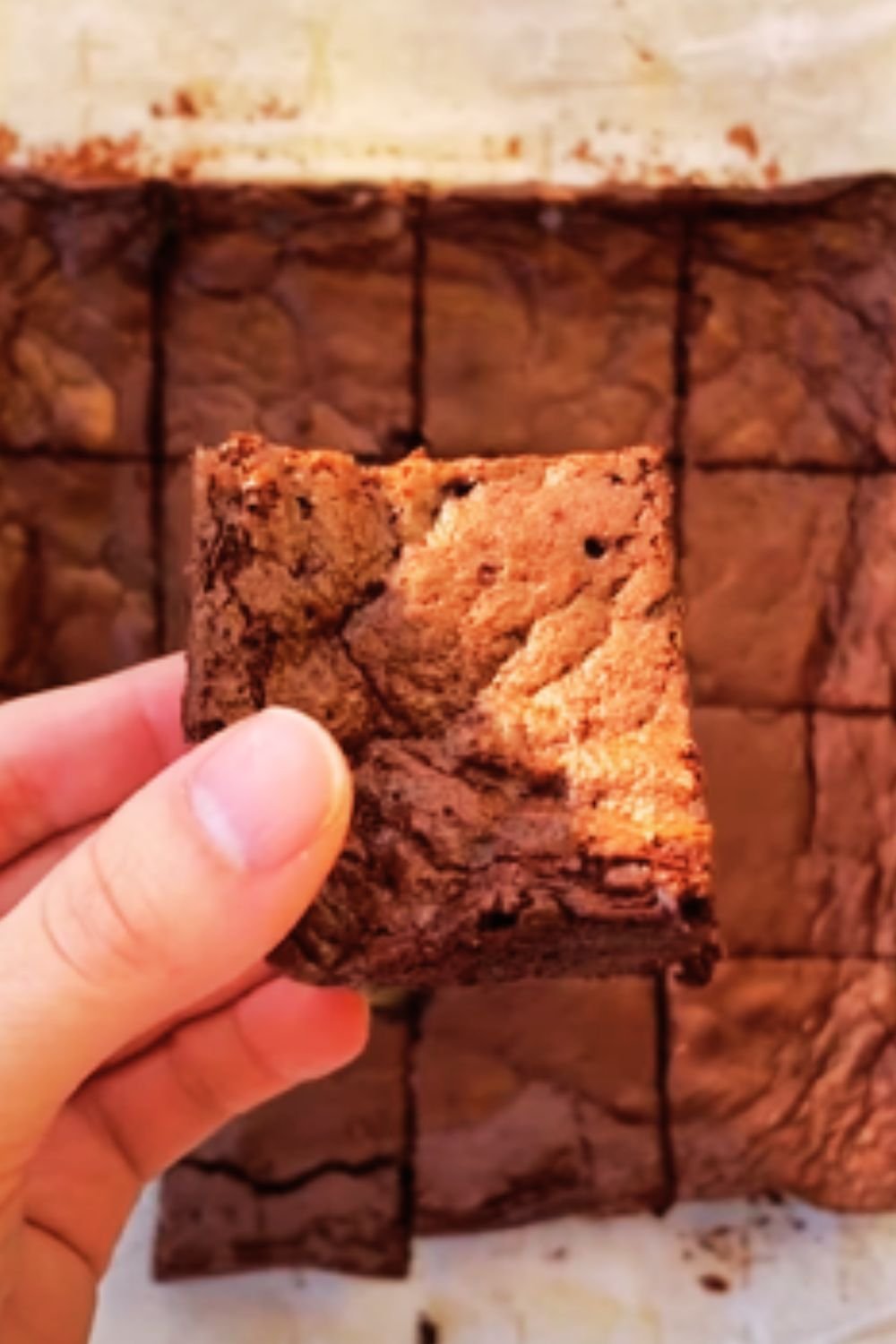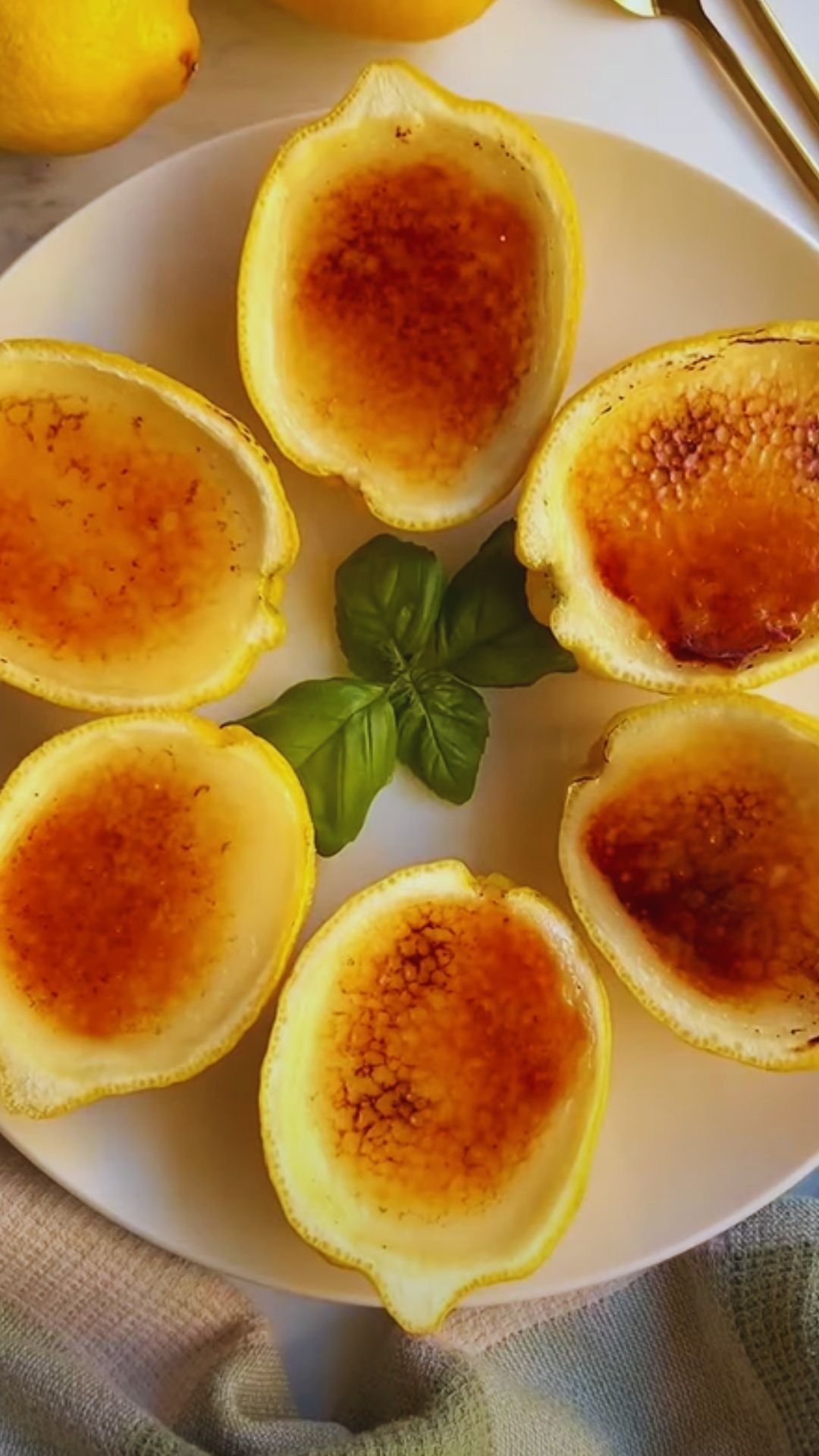Have you ever bitten into a dessert that transported you to a Japanese garden? That’s exactly what happened when I first created this Matcha Sponge Cake with Yuzu Cream. The earthy notes of matcha green tea powder paired with the bright, citrusy punch of yuzu create a harmonious balance that’s both sophisticated and refreshing. This isn’t your ordinary cake – it’s an experience, a journey through flavors that will leave your taste buds dancing.
I’ve spent years perfecting this recipe, tweaking ingredients and methods until I achieved the perfect texture: a light, airy sponge with just the right amount of matcha flavor, complemented by a silky, tangy yuzu cream that cuts through the sweetness. The result? A dessert that’s equally at home at a casual brunch or an elegant dinner party.
The Magic of Matcha and Yuzu
Before we dive into the recipe, let’s talk about what makes these ingredients so special. Matcha and yuzu aren’t just trendy ingredients – they’re centuries-old Japanese staples with unique properties that elevate any dish they touch.
Matcha: : A finely ground powder of specially grown and processed green tea leaves : Contains L-theanine, which provides a calm alertness without the jitters of coffee : Rich in antioxidants, particularly catechins : Offers a distinct umami flavor with grassy, slightly bitter notes
Yuzu: : A citrus fruit resembling a small grapefruit with uneven skin : Tastes like a complex mix of lemon, lime, and grapefruit : Contains more vitamin C than lemons : Provides a bright, aromatic quality that’s unmistakable
The combination of these ingredients creates a dessert that’s not only delicious but also carries subtle health benefits. While I wouldn’t call this cake “health food” by any stretch, it’s nice to know those antioxidants are working for you while you indulge!
Essential Equipment
Before getting started, make sure you have these tools on hand:
- 8-inch round cake pan
- Parchment paper
- Stand mixer or hand mixer
- Sifter or fine-mesh sieve
- Rubber spatula
- Mixing bowls (various sizes)
- Whisk
- Cooling rack
- Cake turntable (optional but helpful)
- Offset spatula
- Microplane or zester
Having the right equipment makes the baking process much smoother. I learned this the hard way when I once attempted to make this cake without a proper sifter – clumps of matcha in the batter resulted in an uneven color and flavor!
Ingredients Breakdown
For the Matcha Sponge Cake:
| Ingredient | Amount | Notes |
|---|---|---|
| Cake flour | 1 cup (120g) | Sifted; creates a lighter texture than all-purpose flour |
| High-quality matcha powder | 2 tablespoons (12g) | Ceremonial grade preferred for best color and flavor |
| Baking powder | 1 teaspoon | For proper rise |
| Salt | ¼ teaspoon | Enhances flavor |
| Large eggs | 4, separated | Room temperature for maximum volume |
| Granulated sugar | ¾ cup (150g) | Divided (½ cup for yolks, ¼ cup for whites) |
| Vegetable oil | ¼ cup (60ml) | Creates moisture without weighing down the batter |
| Whole milk | ¼ cup (60ml) | Room temperature |
| Vanilla extract | 1 teaspoon | Complements the matcha flavor |
| Cream of tartar | ¼ teaspoon | Stabilizes egg whites |
For the Yuzu Cream:
| Ingredient | Amount | Notes |
|---|---|---|
| Heavy cream | 2 cups (480ml) | Cold for better whipping |
| Mascarpone cheese | 8 oz (227g) | Room temperature |
| Powdered sugar | ½ cup (60g) | Sifted to prevent lumps |
| Yuzu juice | 3 tablespoons | Fresh is best, but bottled works too |
| Yuzu zest | 1 tablespoon | For intense aroma |
| Vanilla extract | ½ teaspoon | Rounds out the flavor |
| Gelatin sheets | 2 (or 1 teaspoon powdered) | Optional; for stability |
For the Garnish:
| Ingredient | Amount | Notes |
|---|---|---|
| Extra matcha powder | 1 teaspoon | For dusting |
| Candied yuzu peel | ¼ cup | Adds texture and intense flavor |
| Edible flowers | A few | Optional; for visual appeal |
| White chocolate shards | ¼ cup | Creates elegant decoration |
The Science Behind a Perfect Sponge
The key to a successful matcha sponge cake lies in understanding the science of ingredients. This recipe uses the separated egg method, where yolks and whites are beaten separately to create a structure that’s both stable and airy.
When egg whites are whipped with sugar, they form a meringue – a network of proteins that trap air bubbles. This gives the cake its lift without relying solely on chemical leaveners like baking powder. Meanwhile, the egg yolks provide richness and help emulsify the oil and milk, creating a tender crumb.
Matcha powder is more than just a flavoring agent; its slight astringency affects how the proteins in the flour develop. This is why we carefully fold it in rather than beating it vigorously – to preserve the delicate structure while ensuring even distribution.
Step-by-Step Method
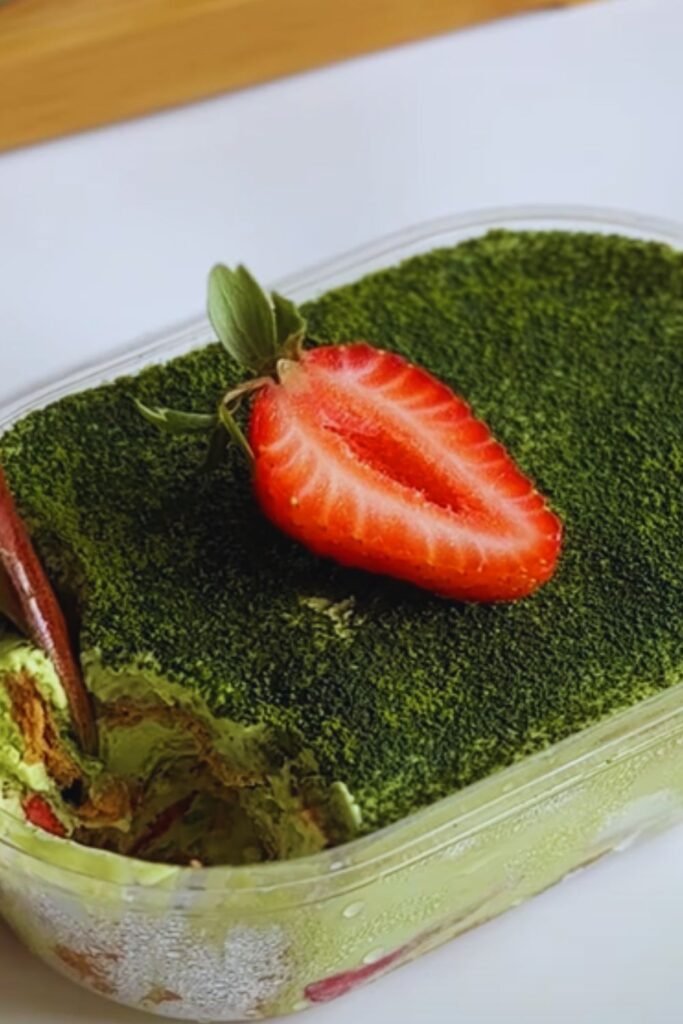
Preparing the Matcha Sponge:
- Preheat and prepare: Set your oven to 325°F (165°C). Line the bottom of your cake pan with parchment paper and lightly grease the sides.
- Sift dry ingredients: In a medium bowl, sift together the cake flour, matcha powder, baking powder, and salt. Sifting is crucial here – it removes any lumps in the matcha and creates a lighter texture.
- Beat egg yolks: In a large bowl, beat the egg yolks with ½ cup sugar until pale and thick (about 3-4 minutes). The mixture should fall in ribbons when the beater is lifted.
- Add wet ingredients: Slowly add the oil, milk, and vanilla to the egg yolk mixture while beating on low speed.
- Incorporate dry ingredients: Gently fold the sifted dry ingredients into the egg yolk mixture using a rubber spatula. Be careful not to overmix – stop when just combined.
- Whip egg whites: In a clean bowl with clean beaters (any grease will prevent proper whipping), beat egg whites and cream of tartar until foamy. Gradually add the remaining ¼ cup sugar and beat until soft peaks form.
- Fold in whites: Add one-third of the egg whites to the batter and fold gently to lighten. Then carefully fold in the remaining whites in two additions, maintaining as much air as possible.
- Bake: Pour the batter into the prepared pan and smooth the top. Tap the pan gently on the counter to remove large air bubbles. Bake for 25-30 minutes or until a toothpick inserted in the center comes out clean.
- Cool: Allow the cake to cool in the pan for 10 minutes, then turn out onto a cooling rack and remove parchment paper. Let cool completely before filling.
Creating the Yuzu Cream:
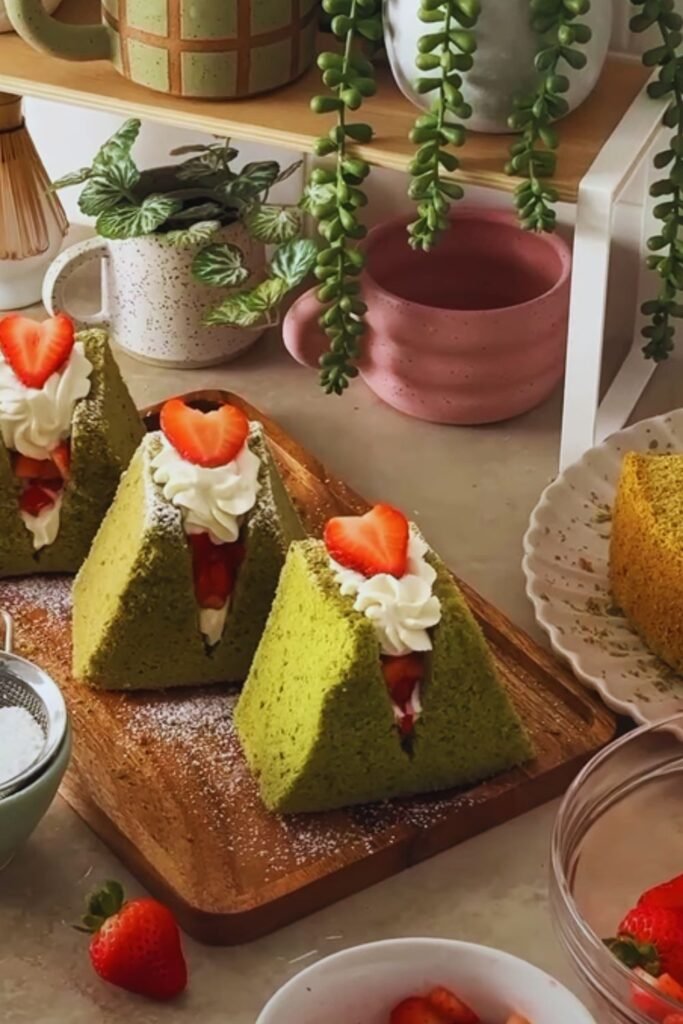
- Prepare gelatin (if using): Soak gelatin sheets in cold water for 5 minutes, then squeeze out excess water. Heat with 2 tablespoons of the cream until dissolved, then cool slightly.
- Beat mascarpone: In a large bowl, beat mascarpone until smooth.
- Whip cream: In another bowl, whip heavy cream, powdered sugar, and vanilla until it begins to thicken.
- Add yuzu: Mix in the yuzu juice and zest (and gelatin mixture if using). Continue to whip until medium peaks form – firm enough to hold shape but still soft and spreadable.
- Combine: Fold the whipped cream mixture into the mascarpone until fully incorporated and smooth.
- Chill: Refrigerate for at least 30 minutes before using.
Assembly:
- Split the cake: Once completely cooled, use a long serrated knife to carefully slice the cake horizontally into three even layers.
- Stack and fill: Place the bottom layer on a serving plate. Spread a generous amount of yuzu cream (about ½ inch thick) evenly over the surface. Top with the second layer and repeat.
- Finish: Place the final cake layer on top. Spread the remaining yuzu cream over the top and sides of the cake, or leave the sides naked for a more rustic look.
- Garnish: Dust the top with additional matcha powder, arrange candied yuzu peel, white chocolate shards, and edible flowers if using.
- Chill: Refrigerate for at least 2 hours before serving to allow the cream to set and flavors to meld.
Troubleshooting Common Issues
| Problem | Cause | Solution |
|---|---|---|
| Cake doesn’t rise properly | Overbeaten or underbeaten egg whites | Beat whites just to soft peaks; fold gently |
| Cake sinks in the middle | Opening oven door too early | Wait until at least 20 minutes into baking before checking |
| Dense, heavy texture | Overmixing batter; deflating air | Fold ingredients gently; don’t overmix |
| Yuzu cream too runny | Cream not cold enough; overbeaten | Chill bowl and beaters; watch carefully while whipping |
| Yuzu cream too stiff | Overwhipped cream | Gently fold in a tablespoon of cold cream to loosen |
| Matcha tastes bitter | Low-quality matcha; too much matcha | Use ceremonial grade; adjust amount to taste |
I once had a complete disaster when my yuzu cream curdled because I added the citrus juice too quickly to the cream. I learned that adding it gradually while continuously beating helps prevent this issue. Baking is truly a learning process!
Variations to Explore
The beauty of this recipe is its versatility. Here are some variations I’ve experimented with:
- Matcha-Chocolate Fusion: Add 2 tablespoons of cocoa powder to one-third of the batter for a marbled effect.
- Raspberry Layer: Add a thin layer of raspberry jam between cake layers for additional contrast.
- Coconut Infusion: Replace half the milk with coconut milk in the sponge and add toasted coconut flakes between layers.
- Honey Sweetened: Replace granulated sugar with honey (use ⅔ the amount) for a different sweetness profile.
- Black Sesame Accent: Sprinkle toasted black sesame seeds between layers for a nutty contrast.
Serving Suggestions
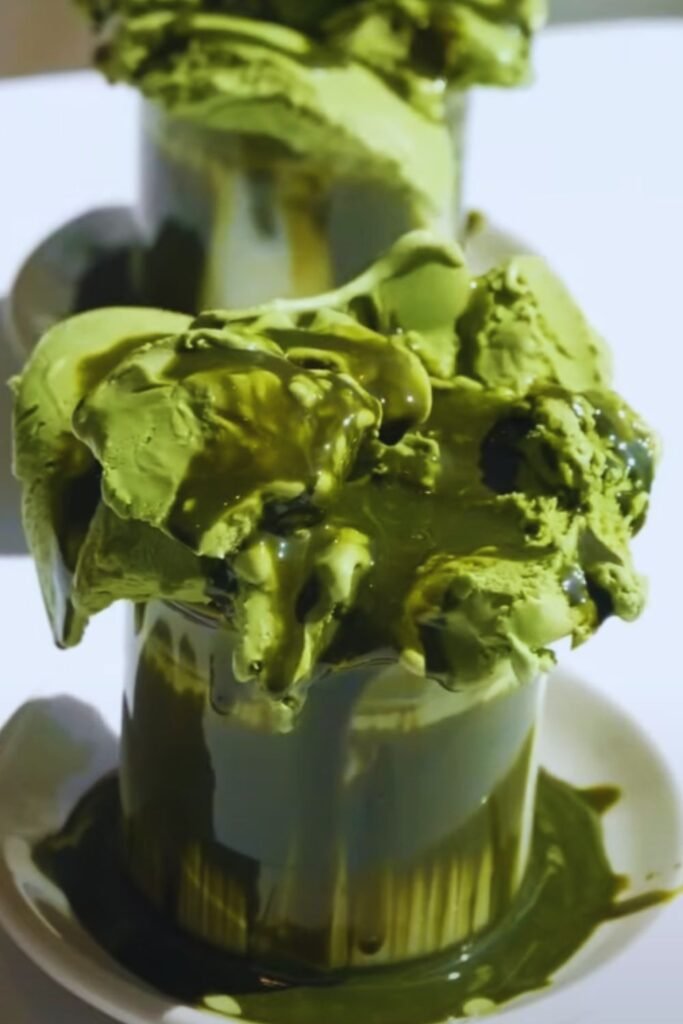
This cake deserves to be showcased! Here are my favorite ways to serve it:
- Pair with a cup of genmaicha (roasted brown rice tea) for a complementary flavor experience
- Serve with a small scoop of vanilla bean ice cream for temperature contrast
- Offer alongside fresh berries to balance the richness
- Present on a minimalist black plate with a fresh shiso leaf for an elegant Japanese-inspired presentation
- Drizzle individual slices with a light honey syrup infused with yuzu
For a refreshing non-alcoholic pairing, I recommend a sparkling yuzu soda or a chilled jasmine tea.
Storage and Make-Ahead Tips
| Storage Method | Duration | Notes |
|---|---|---|
| Room temperature | 4 hours max | Only for filled cake in cool conditions |
| Refrigerated (whole) | Up to 3 days | Cover loosely with plastic wrap |
| Refrigerated (slices) | Up to 2 days | Store in airtight container |
| Freezer (unfilled sponge) | Up to 1 month | Wrap tightly in plastic and foil |
| Freezer (filled cake) | Not recommended | Cream texture deteriorates |
Make-Ahead Strategy:
- Bake the sponge up to 2 days ahead and store wrapped at room temperature
- Prepare the yuzu cream up to 24 hours ahead and refrigerate
- Assemble 3-4 hours before serving for optimal texture and flavor
Nutritional Profile
| Nutrient | Amount per Serving | % Daily Value |
|---|---|---|
| Calories | 385 | – |
| Total Fat | 24g | 31% |
| Saturated Fat | 13g | 65% |
| Cholesterol | 142mg | 47% |
| Sodium | 96mg | 4% |
| Total Carbohydrates | 38g | 14% |
| Dietary Fiber | 0.5g | 2% |
| Total Sugars | 28g | – |
| Protein | 6g | 12% |
| Vitamin C | 15mg | 17% |
| Calcium | 62mg | 5% |
| Iron | 1.3mg | 7% |
Based on a 2000 calorie diet. Serving size: 1/12 of cake
While this isn’t a low-calorie dessert, it’s rich and satisfying, meaning a smaller slice can be quite fulfilling. The matcha provides antioxidants, and the yuzu offers vitamin C – small nutritional bonuses in this indulgent treat.
Historical and Cultural Context
Matcha and yuzu are deeply ingrained in Japanese culinary tradition. Matcha has been central to Japanese tea ceremonies since the 12th century, representing mindfulness and respect. Yuzu has been cultivated in Japan for over a thousand years, traditionally used in winter solstice baths (yuzu-yu) to ward off colds and warm the body.
This cake represents a fusion of these traditional ingredients with Western baking techniques – a perfect example of how culinary traditions evolve and intertwine. While not a traditional Japanese dessert, it honors these ingredients in a way that showcases their unique qualities.
My first exposure to these flavors came during a trip to Kyoto, where I experienced a tea ceremony followed by wagashi (traditional Japanese sweets) that featured both matcha and yuzu. The memory of those balanced, complex flavors inspired me to create this cake upon returning home.
Sustainability Considerations
I believe responsible baking includes thinking about the environmental impact of our ingredients:
- Matcha: Look for sustainably grown matcha from Japan with proper certifications. The shade-growing technique used for matcha tea leaves helps preserve biodiversity.
- Yuzu: Due to import restrictions, fresh yuzu can be difficult to find in many countries. Consider using locally grown Meyer lemons mixed with grapefruit as a substitute to reduce carbon footprint.
- Eggs: Choose free-range or pasture-raised eggs when possible.
- Packaging: Purchase ingredients in bulk or with minimal packaging to reduce waste.
Q&A Section
Q: Can I substitute the yuzu if I can’t find it? While nothing perfectly replicates yuzu’s unique flavor, a mixture of 2 parts Meyer lemon juice, 1 part lime juice, and a small amount of mandarin orange zest creates a reasonable approximation. Yuzu juice is also available bottled in many Asian grocery stores and online.
Q: Is it necessary to use cake flour, or can I use all-purpose flour? You can substitute all-purpose flour, but the texture won’t be quite as light. If using all-purpose, replace 2 tablespoons of each cup with cornstarch to create a closer approximation to cake flour.
Q: Why did my matcha cake turn brown instead of staying vibrant green? This typically happens for two reasons: either the oven temperature was too high, or the matcha powder wasn’t of sufficient quality. Ceremonial grade matcha maintains its color better during baking than culinary grade.
Q: Can I make this cake dairy-free? Yes! The sponge works well with plant-based milk substitutes. For the cream, you can use coconut cream and a vegan cream cheese alternative, though you’ll need to adjust the sweetness and possibly add a stabilizer like agar-agar.
Q: How far in advance can I assemble this cake? For optimal texture and flavor, I recommend assembling the cake no more than 4 hours before serving. The sponge can absorb moisture from the cream and become soggy if left too long.
Q: My yuzu cream curdled when I added the juice. What happened? Citrus can curdle dairy products if added too quickly or if the cream isn’t cold enough. Try adding the juice very gradually while continuously beating, or mix the juice with the sugar first before adding to the cream.
Q: Can I use matcha that I use for drinking in this recipe? Absolutely! In fact, higher-grade drinking matcha (ceremonial grade) will give you a better flavor and color than culinary grade matcha, which is designed for cooking.
Final Thoughts
Creating this Matcha Sponge Cake with Yuzu Cream has been a journey of experimentation and refinement. What began as a curiosity about combining two distinctive Japanese ingredients evolved into one of my signature desserts. The contrasting yet complementary flavors create something truly special – a dessert that’s sophisticated yet accessible, complex yet harmonious.
I find baking to be a form of mindfulness, much like the Japanese tea ceremony that inspired this creation. There’s something meditative about the precise measurements, the gentle folding of ingredients, and the patient waiting as aromas fill your kitchen.
Whether you’re baking this cake for a special occasion or simply to explore new flavors, I hope you enjoy the process as much as the result. Cooking is about more than just following instructions – it’s about creating memories and experiences to share with those you love. This matcha and yuzu cake has created many such moments for me, and I hope it will do the same for you.

